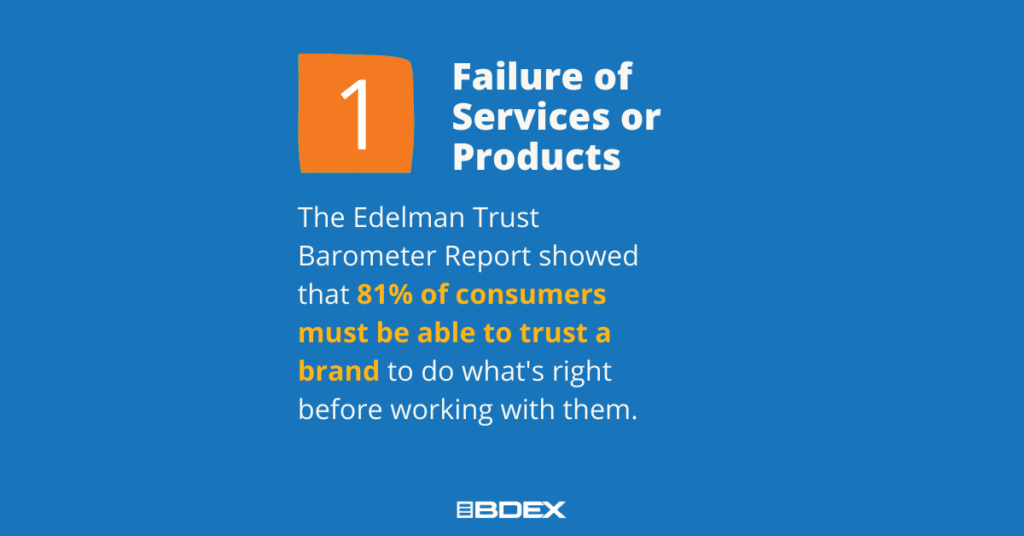
Overcoming the fear of negative brand perception and rebuilding consumer confidence is a crucial challenge for businesses today. Negative publicity, whether stemming from a product defect, a public relations mishap, or a social media storm, can swiftly erode consumer trust and damage a company’s reputation. In this comprehensive guide, we’ll delve into the strategies for navigating these turbulent waters and emerge stronger, fostering a resilient brand and rebuilding customer trust. This article will outline the crucial steps for successfully addressing negative brand perception, discussing effective crisis communication techniques, the importance of transparency and accountability, and the ways to actively engage customers and rebuild loyalty. The structure of this guide includes an exploration of the crucial factors contributing to negative perceptions, proactive measures to prevent future crises, and strategies to foster long-term consumer confidence.
Understanding the Impact of Negative Brand Perception
Identifying the Root Causes of Negative Publicity
Negative brand perception can stem from various sources, impacting a company’s bottom line and long-term viability. Product defects, safety issues, unethical business practices, or inadequate customer service can all severely damage brand image. Often, negative publicity stems from a failure to address customer concerns or from a lack of transparency in communication. Moreover, issues arising from public relations blunders, social media controversies, or even a simple miscommunication can quickly escalate into significant crises. Understanding the specific root causes is crucial for devising effective strategies for recovery.
Developing a Proactive Crisis Communication Plan
Crafting a Comprehensive Communication Strategy
Preventing crises is often more effective than reacting to them. Proactive measures such as investing in robust quality control systems, maintaining transparent communication channels with consumers, and actively engaging in social listening can significantly mitigate risks. Implementing a proactive crisis communication plan will equip your business with the tools needed to manage a crisis effectively. This includes identifying potential vulnerabilities, planning response scenarios, and training key personnel on communication protocols. Moreover, regularly updating and reviewing this plan is essential in today’s dynamic business environment. Conducting risk assessments, anticipating potential issues, and fostering a culture of open communication are essential.
The Power of Transparency and Accountability
Acknowledging Mistakes and Taking Responsibility
Transparency and accountability are paramount in rebuilding consumer confidence. Acknowledging mistakes, taking responsibility, and communicating openly with consumers about the situation, steps taken to rectify issues, and lessons learned from the incident are vital. A sincere apology, often accompanied by concrete actions, can demonstrate a company’s commitment to addressing the problem. Studies have shown that honest and transparent communication often leads to greater consumer forgiveness and resilience. Furthermore, outlining measures to prevent similar incidents from reoccurring demonstrates commitment and transparency.
Engaging Consumers and Rebuilding Loyalty
Fostering Open Dialogue and Active Listening
Maintaining open dialogue and actively listening to consumers is essential. Offering avenues for feedback, responding promptly to concerns, and addressing grievances constructively can help rebuild customer trust. Implementing platforms for gathering customer input and proactively addressing concerns demonstrates a company’s commitment to improvement. Involving consumers in the recovery process can foster a sense of ownership and shared responsibility, enhancing loyalty and trust.
Leveraging Data and Analytics for Informed Decision Making
Tracking Brand Sentiment and Identifying Trends
Using data and analytics to monitor brand sentiment is critical for understanding consumer perception and public reaction. Monitoring social media, online reviews, and other public forums provides insights into how your brand is perceived. By analyzing these sources, you can identify trends, understand emerging issues, and tailor responses accordingly. Collecting data on consumer engagement and monitoring brand mentions provide valuable feedback to continuously improve customer experience and loyalty.
In conclusion, rebuilding consumer confidence after a negative brand perception crisis requires a multifaceted approach. Transparency, accountability, and proactive communication are key. By embracing these strategies, companies can foster trust and regain the loyalty of their customers. Taking swift action, implementing strategies, and seeking expert guidance are crucial steps in the recovery process. Furthermore, actively monitoring brand sentiment and making necessary adjustments to products, services, or operations will lead to a stronger and more resilient brand in the long run. Continuous engagement with consumers through feedback mechanisms, guarantees, and sincere apologies are important to foster trust and rebuild consumer loyalty. Moving forward, this proactive approach is essential for successful brand restoration in a competitive market. Visit our website to learn more about our expert guidance and strategies for rebuilding consumer confidence.